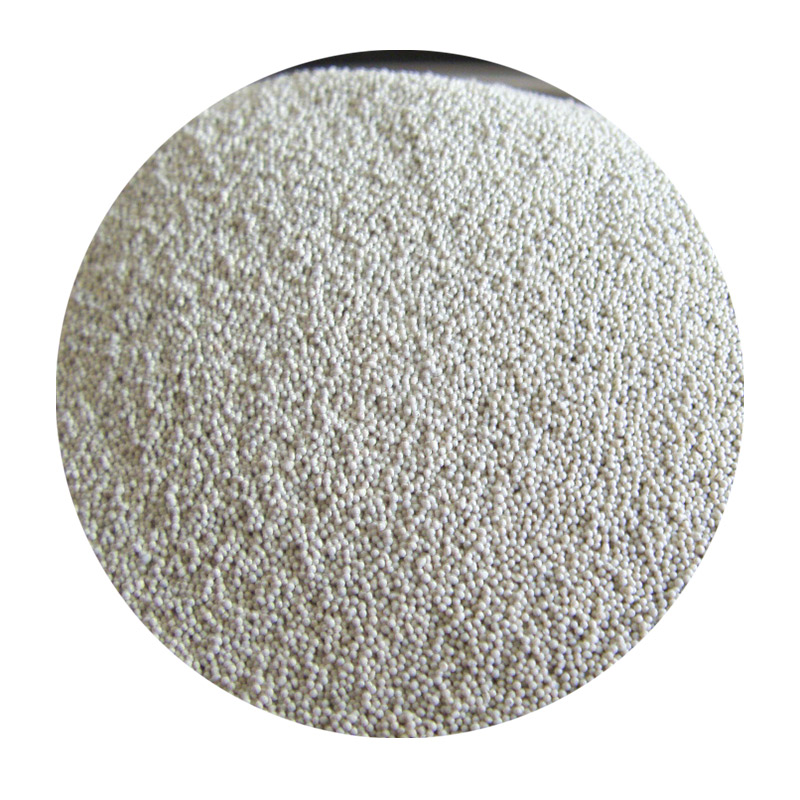Achieving Smooth 3D Prints Without Sanding Tips and Techniques
The rise of 3D printing technology has substantially transformed various industries, from manufacturing to healthcare to entertainment. As this technology advances, so do the expectations of end-users for high-quality, aesthetically pleasing products. While sanding has traditionally been a go-to method for smoothing out the imperfections in 3D prints, it can be time-consuming and often results in loss of detail or uneven surfaces. Fortunately, there are several techniques and materials that can help achieve smooth 3D prints without the tedious process of sanding.
Understanding the Challenges of 3D Printing
3D printing, or additive manufacturing, involves creating objects layer by layer. While this method enables the production of intricate designs that are often impossible to achieve through traditional manufacturing methods, it also comes with challenges. Layer lines, blobs, and other imperfections are common issues that can detract from the final appearance of the print. These flaws are particularly pronounced in Fused Deposition Modeling (FDM) prints, which is one of the most common 3D printing techniques used today.
Choosing the Right Filament
One of the vital steps in achieving smooth 3D prints is selecting the right filament. Not all filaments are created equal, and some are inherently smoother than others. For instance, PLA (Polylactic Acid) is often favored for its ease of printing and smooth finish. Other filaments, such as PETG, are also popular for their durability and glossy appearance. There are even specialty filaments available today that are designed specifically for a smoother finish. For example, ASA and ABS are known for their ability to produce glossy outcomes and can minimize visible layer lines.
Fine-Tuning Print Settings
Optimizing print settings can significantly enhance the quality of your prints. Fine-tuning parameters such as layer height, print speed, and temperature can make a world of difference. Using a smaller layer height allows for finer detail and a smoother appearance, though it may increase print time. Slowing down the print speed can also improve the adhesion between layers, producing a more consistent finish.
smooth 3d prints without sanding

Additionally, adjusting the nozzle temperature can lead to better flow of the filament and reduce issues like stringing and oozing. Moreover, ensuring that your printer is well-calibrated helps prevent defects related to extrusion, which can create unwanted textures on the surface.
Utilizing Post-Processing Methods
For those who wish to avoid sanding altogether, several innovative post-processing methods can be employed. One popular technique is vapor smoothing, which is especially effective for ABS and ASA filaments. This method involves exposing the printed object to an acetone vapor, allowing the outer layer to dissolve slightly, thereby giving it a smooth finish. However, caution is needed, as prolonged exposure can lead to loss of details and dimensions.
Another effective method involves the application of a chemical smoothing agent or coating. Many users have found success using products like XTC-3D, a two-part epoxy resin that can be brushed or sprayed onto the 3D print. This not only fills in layer lines but can also enhance the print's durability and aesthetic appeal.
Preparing the Model for Smoother Prints
Before printing, preparing your 3D model properly can reduce the need for post-processing. This includes optimizing the design to minimize overhangs, which can create messy layer lines, as well as ensuring that the model is manifold (free of holes and non-manifold edges). Additionally, simplifying the model's geometry can reduce the potential for imperfections.
Conclusion
Achieving smooth 3D prints without sanding is not only possible but can also be accomplished with the right techniques and knowledge. By selecting the appropriate filament, fine-tuning print settings, employing effective post-processing methods, and preparing the model correctly, makers can elevate the quality of their prints and streamline their workflow. As the 3D printing industry continues to evolve, staying informed about new materials and techniques will enable builders and enthusiasts alike to produce stunning, professional-quality prints with ease. Embracing this knowledge can lead to a more satisfying and efficient 3D printing experience.
Post time:Septemba . 28, 2024 22:11
Next:Techniques for Sanding and Finishing Resin 3D Printed Models for a Smooth Finish
